By Amanda Rose Newton
If you’re looking to add some unique autumn charm to your garden, heirloom pumpkins and gourds are perfect choices. Not only do they bring character and color to seasonal decor, but their textures – particularly the fascinating warty varieties – also spark curiosity and admiration.
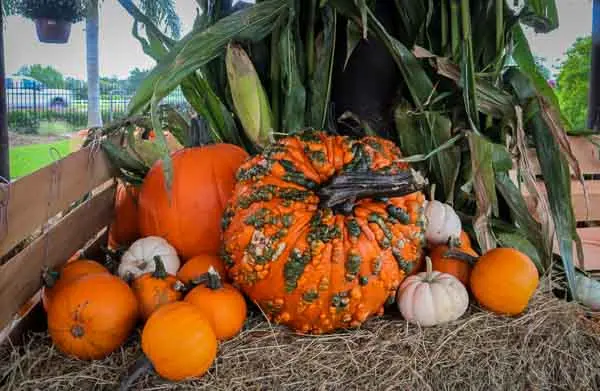
Here’s a guide on heirloom pumpkins and gourds that thrive in Central Florida, plus a peek into how they get their signature warts and textures.
Why Heirloom Pumpkins and Gourds?
Heirloom pumpkins and gourds are prized for their unique shapes, colors, and textures. Unlike standard varieties, they’ve been preserved for generations, and their seeds have remained true to their original lines, bringing exceptional diversity to your garden.
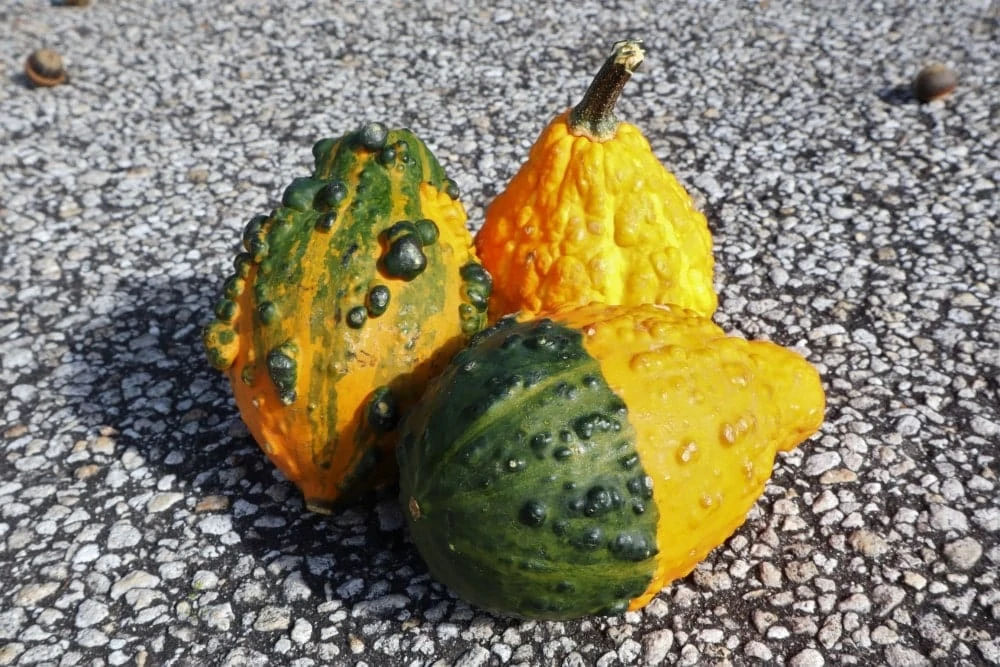
Their distinct aesthetic and flavor profiles also make them ideal for both decorative and culinary use.
Top Heirloom Varieties for Central Florida
Growing pumpkins and gourds in Central Florida comes with some challenges due to the heat and humidity, but these heirloom varieties tend to perform well:
‘Knucklehead’ Pumpkin
Known for its deep orange color and heavily warted surface, this variety is a standout in any pumpkin patch. Knucklehead thrives in Florida’s climate if provided with enough sunlight, regular watering, and proper spacing.
‘Galeux d’Eysines’ (Peanut Pumpkin)
This French heirloom has soft salmon skin covered in unique warty “peanut” textures. The “warts” are actually sugar deposits that form as the pumpkin matures. This pumpkin is both decorative and edible with a slightly sweet flesh perfect for pies.
‘Turk’s Turban’
This colorful gourd resembles a small, brightly colored cap, making it a favorite for ornamental use. It’s resilient in warm weather and enjoys rich, well-draining soil, making it suitable for Florida gardens with regular watering.
‘Warty Goblin’ Pumpkin
An exciting addition to any garden, this variety combines traditional pumpkin shapes with a bumpy, textured exterior that screams Halloween. Like the Knucklehead, it does well with ample space, sun, and water.
Growing Tips for Central Florida
Timing is Key
Plant seeds between mid-July and early August to allow ample growing time before the cooler fall months, as these vines need warmth and about 100-120 days to mature.
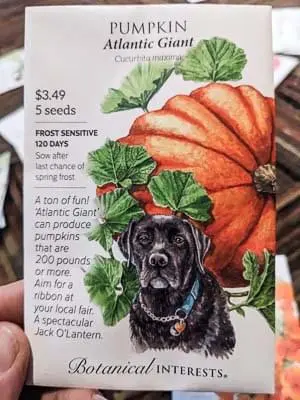
Choose the Right Spot
Select a sunny location with at least 6-8 hours of direct sunlight. Heirloom pumpkins and gourds thrive with warmth, and consistent light is essential for growth.
Soil Preparation
Pumpkins and gourds need well-draining, nutrient-rich soil. Before planting, amend the soil with compost to boost organic matter, which helps retain moisture and provides nutrients essential for these heavy feeders.
Water Consistently
Florida’s hot weather means you’ll need to water your pumpkins and gourds frequently.
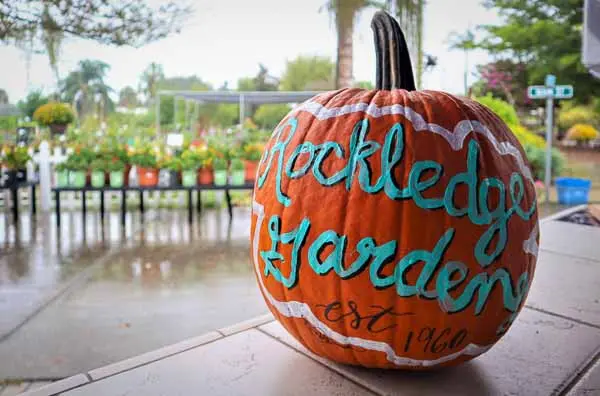
Keep the soil consistently moist but not waterlogged, focusing on watering at the base of the plant to avoid encouraging powdery mildew.
Space Them Out
Proper spacing helps reduce humidity buildup, which can prevent common fungal issues. Space pumpkins and gourds about 4-6 feet apart for vining types and slightly closer for bush varieties.
Mulch to Maintain Moisture
Use mulch around the base to keep roots cool and retain moisture, especially in Central Florida’s heat.
The Science Behind Their Warty Texture
The signature warty look of many heirloom pumpkins, like the Knucklehead and Galeux d’Eysines, results from a fascinating natural process. The bumps, or warts, are due to a combination of genetic factors, environmental conditions, and sometimes a mild viral infection. Here’s how it happens:
Genetics
Certain heirloom varieties are bred to express genes that cause their skins to grow unevenly. Over time, these genes create warts, contributing to the unique appearance.
Environmental Stress
Slight stress from varying temperatures, water levels, or nutrient availability can cause pumpkins and gourds to develop warts as a response. These factors often intensify the warts, especially in varieties predisposed to wartiness.
Natural Sugar Buildup
In varieties like the Galeux d’Eysines, the warts are actually sugar deposits that form on the skin as the pumpkin matures. When sugar accumulates in small pockets, it creates the distinctive, textured “peanut” appearance.
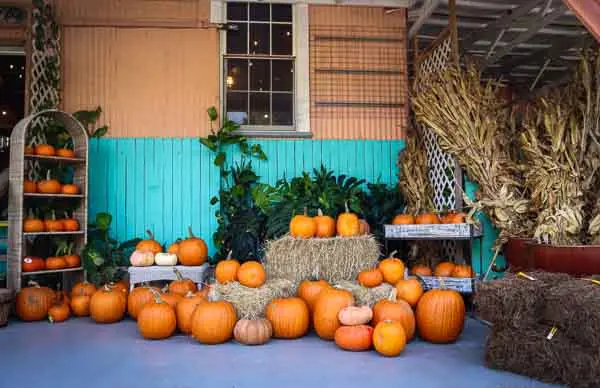
Harvesting and Storing Tips
When your heirloom pumpkins and gourds are ready to harvest, typically in the early fall, cut them with a few inches of stem attached to extend their shelf life. Cure them in a warm, dry place for a week to harden the skin, which helps them last longer in storage.
Store in a cool, dry spot, and they’ll stay vibrant for decorating or cooking for several months. Just make sure to avoid storing them in overly humid conditions, as that can encourage mold growth.
Growing heirloom pumpkins and gourds in Central Florida is possible and rewarding with the right varieties and techniques. Be sure to check out all the varieties on display at Rockledge Gardens and let the heirloom magic unfold!


